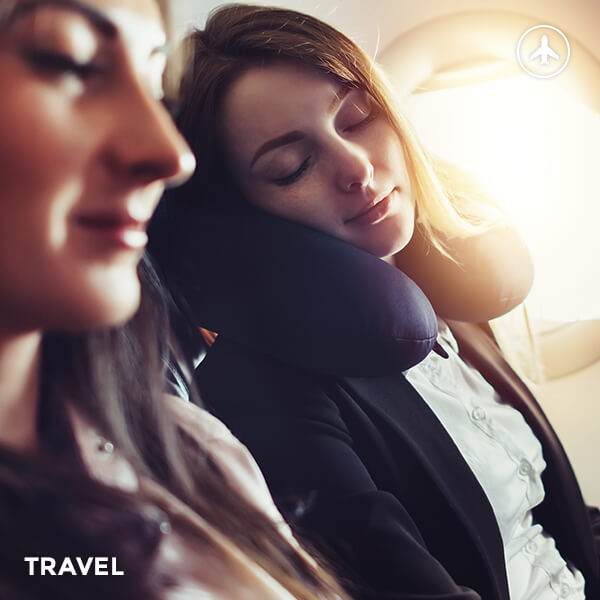Understanding the Science Behind Air Pressure Changes and the Need for Ear Protection in Flights
الجسم
When we board an airplane, we often experience discomfort in our ears due to changes in air pressure. This phenomenon, commonly known as "airplane ear," can be quite bothersome and even painful for some individuals. In this article, we will delve into the science behind air pressure changes during flights and explore the need for ear protection.

The Science Behind Air Pressure Changes
Understanding the science behind air pressure changes is crucial to comprehend why our ears are affected during flights. As an airplane ascends or descends, the altitude changes rapidly, causing a significant variation in atmospheric pressure. The cabin of the aircraft is pressurized to a certain level to ensure our comfort, but it cannot fully compensate for the rapid pressure changes outside.
Our ears have a small air-filled space behind the eardrum called the middle ear. This space is connected to the back of our throat by a narrow tube called the Eustachian tube. The Eustachian tube helps equalize the pressure between the middle ear and the outside environment. However, during rapid altitude changes, the Eustachian tube may not function efficiently, leading to a pressure imbalance.
The Need for Ear Protection
Now that we understand the science behind air pressure changes, let's explore why ear protection is necessary during flights. The discomfort or pain experienced during airplane ear can range from mild to severe, and it can even result in temporary hearing loss. To prevent such issues, it is essential to take measures to protect our ears.
One effective way to protect our ears during flights is by using earplugs specifically designed for air travel. These earplugs help regulate the pressure in the middle ear by reducing the rate of pressure change. They create a barrier that allows the Eustachian tube to function more effectively, minimizing the discomfort caused by air pressure changes.
How Ear Protection Works
Ear protection, such as specialized earplugs, works by equalizing the pressure in the middle ear with the outside environment. These earplugs are typically made of soft, hypoallergenic materials that fit comfortably in the ear canal. They create a seal that prevents rapid pressure changes from affecting the middle ear directly.
Furthermore, some earplugs have built-in filters that regulate the airflow, allowing for a gradual equalization of pressure. These filters are designed to mimic the natural function of the Eustachian tube, ensuring a smoother transition during altitude changes.
Conclusion
Understanding the science behind air pressure changes and the need for ear protection in flights is crucial for a comfortable and safe travel experience. By using earplugs specifically designed for air travel, we can minimize the discomfort and potential harm caused by rapid pressure changes. So, the next time you plan a flight, don't forget to pack your ear protection!







تعليقات